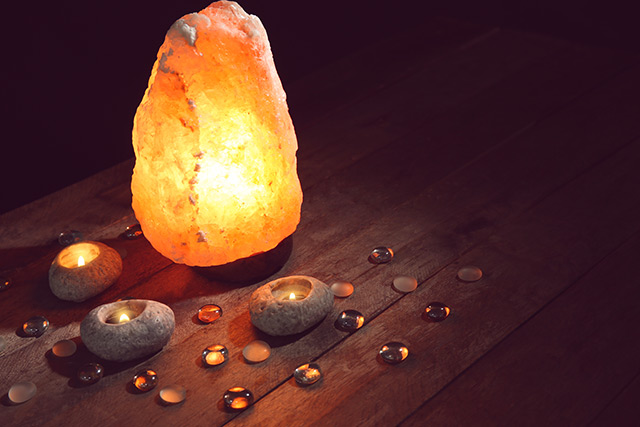This could save your life: Everything you need to know about lead poisoning
08/17/2018 / By Frances Bloomfield

Lead is a naturally-occurring heavy metal abundant in the earth’s crust. It’s also an incredibly toxic metal that can wreak havoc on the human body, even in tiny amounts. When lead enters the human body it replaces key nutrients such as calcium, iron, and zinc — all of which are needed to keep our bodies functioning properly. Young children are the ones most vulnerable to lead poisoning. However, repeated exposure to lead will harm even the hardiest of people.
Aside from being common in nature, lead can also be found in and around homes. The materials that contain lead include: lead-based paints (such as the paint used on old toys and the walls of old houses), arts and crafts supplies (such as ceramic glazes), contaminated dust, gasoline products sold outside of the United States and Canada, lead jewelry, pottery, and figurines, soil polluted by chipped house paint or car exhaust, and water from wells or old pipes.
Children who live in old houses are the ones with the highest risk of lead poisoning, especially since children are prone to putting their fingers and foreign objects into their mouths. Adults have an equally high chance of lead poisoning if they live or work in places with high amounts of lead. Those involved in auto repair shops, construction sites, or plants that manufacture batteries, paints or plastics are especially at risk.
How will I know if I have lead poisoning?
Lead poisoning builds up over time, and can manifest in different parts of the body. One-time exposure or ingestion of lead rarely causes lead toxicity; however, repeated lead exposure will. Here are some signs to watch out for:
100% organic essential oil sets now available for your home and personal care, including Rosemary, Oregano, Eucalyptus, Tea Tree, Clary Sage and more, all 100% organic and laboratory tested for safety. A multitude of uses, from stress reduction to topical first aid. See the complete listing here, and help support this news site.
- Abdominal pain and cramps
- Anemia
- Constipation
- Fatigue
- Headaches
- Kidney dysfunction
- Loss of appetite
- Numbness or tingling in the extremities
- Sleep problems
A higher dose of lead exposure can lead to the following symptoms:
- Coma
- Encephalopathy, which is exhibited through seizures and confusion
- Muscle weakness
- Seizures
- Stumbling when walking
- Vomiting
Among children, the symptoms of lead poisoning can include:
- Behavioral problems
- Growth delays
- Hearing problems
- Low IQ
- Short- and long-term learning difficulties
Contact emergency medical services if you or someone you know has displayed the symptoms of severe lead exposure. Identify the following information so you can immediately inform the emergency operator: the person’s age, weight, and health condition, the source of the poisoning, the amount swallowed or inhaled, and the date or time the source was swallowed or inhaled. For other symptoms that you believe may have been caused by lead poisoning, get in touch with your local poison control center.
How can I avoid lead poisoning?
Preventing lead poisoning is simple. First and foremost, you’ll need to remove all possible sources of lead in your home. Use lead-free paint on your house and keep it free of dust and peeling or chipping paint. Test your tap water for lead; if there are elevated levels of lead in your drinking water then use a filtering device. Make a habit out of cleaning your faucets and aerators on a regular basis. Ensure that everyone washes their hands before meals, especially children. Throw out old toys, jewelry, and all other objects made with lead.
Sources include:
Tagged Under: disease prevention, Lead, lead poisoning, poisoning




















